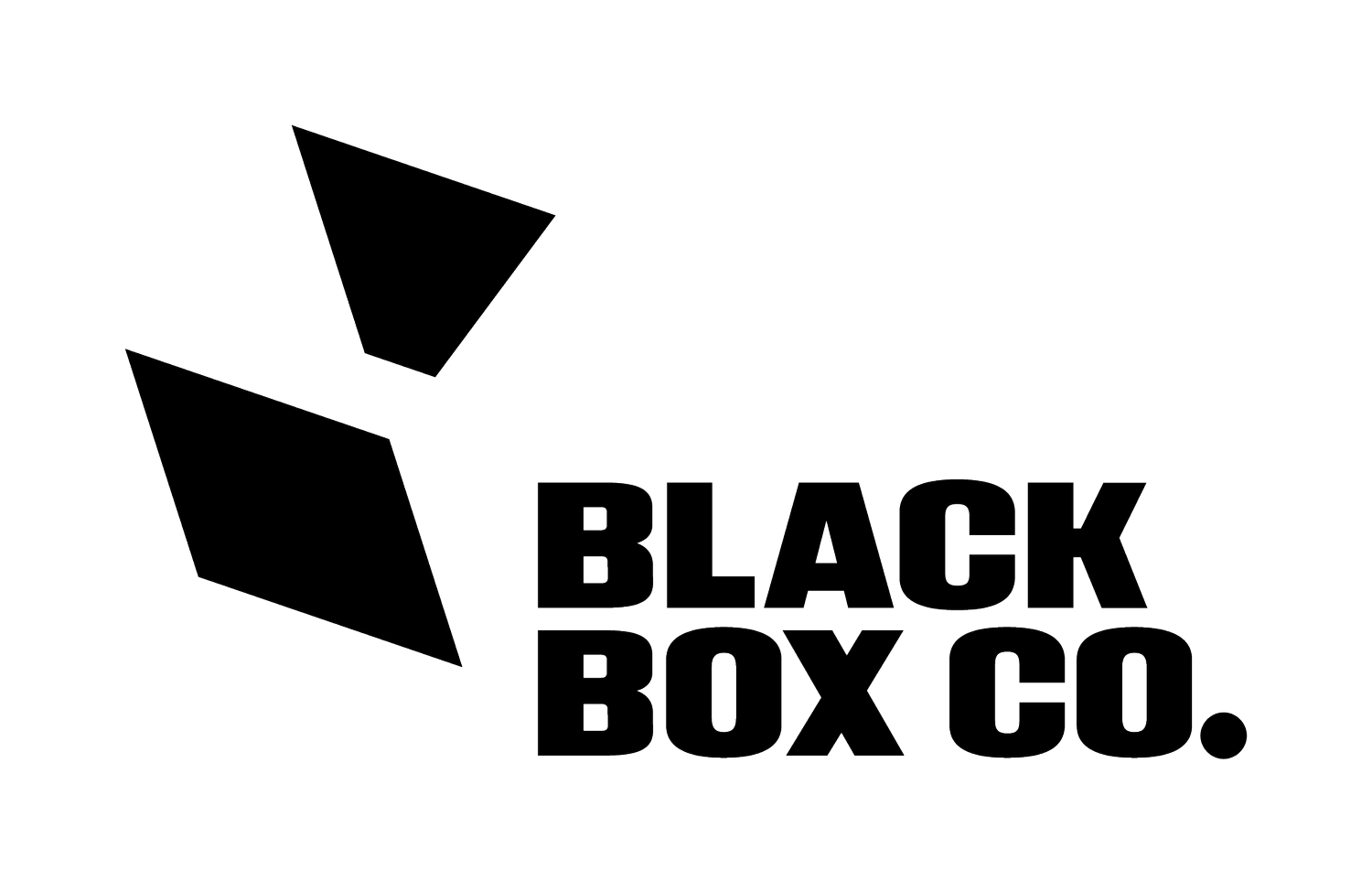Livestock data management company Black Box Co has developed a platform that helps farmers cut through the complexity of emissions measurement, automating some of the key processes to help assess the carbon footprint of their farm.
While greater demands are being placed on red meat producers to evolve into lower-emissions operations as the industry moves towards its target of carbon neutrality by 2030, a consistent message from industry advocates has been that emissions measurement and carbon markets are confusing and complex, with a lack of trusted information.
Black Box Co offers cloud-based software that takes in raw production data from across the beef supply chain to provide key production insights for prediction, forecasting and reporting, including greenhouse gas (GHG) emissions calculations.
Co-founder, Chief Executive Officer and veterinarian, Shannon Speight, said the first place to start was with livestock.
“It is inescapable that the animals we breed and feed release methane,” Mrs Speight said.
“To comply with most GHG calculations, producers will need to know livestock numbers, liveweight and weight gain. This might not sound too onerous until you need to break the information down by class, season and month.”
Mrs Speight said some producers also fall into the trap of overestimating their animal emissions.
“The important thing to consider is the efficiency of the livestock and the duration on property,” she said.
“Using a simple schedule that assumes every animal stays on property at least 365 days of the year is doing you a disservice and may be artificially inflating emissions.
“In addition, you will need to know the number of lactating females and the number of animals purchased and sold, broadly summarised by a single number of animal equivalent (AE) or dry sheep equivalent (DSE).
“By utilising the herd inventory, growing and fertility dashboards you can easily get accurate, verifiable data that gives you the answers to livestock number, weight and average daily gain and lactation, as well as purchases and sales. You can also filter by date, class and sex to ensure you get the right answers and saves hours of time.”
The information can be fed into some easy and free online tools such as Ruminati. The next step involves assessment of other impacts on emissions, such as:
Pasture and pasture inputs including urea, lime, superphosphate, glyphosate, nitrogen and pesticide, measured in tonnes or litres per year
Consumables such as petrol, diesel and electricity
Percentage of electricity sourced from renewable energy sources
Tree planting, with new trees planted on the property since 1990 requiring categorisation by vegetation type, soil type, age of trees and the area
Supplementary feed, measured in tonnes of feed for grain, hay and cottonseed etc.
“In some calculators supplementary feed will be further broken down to include crude protein, dry matter digestibility, dry matter availability and feed on offer,” Mrs Speight said.
“The message is pretty clear, farmers need to know their emissions and some serious work needs to happen between now and the CN30 target but we want producers to know there are people out there who can help.”
For more information head to the Black Box co website.
